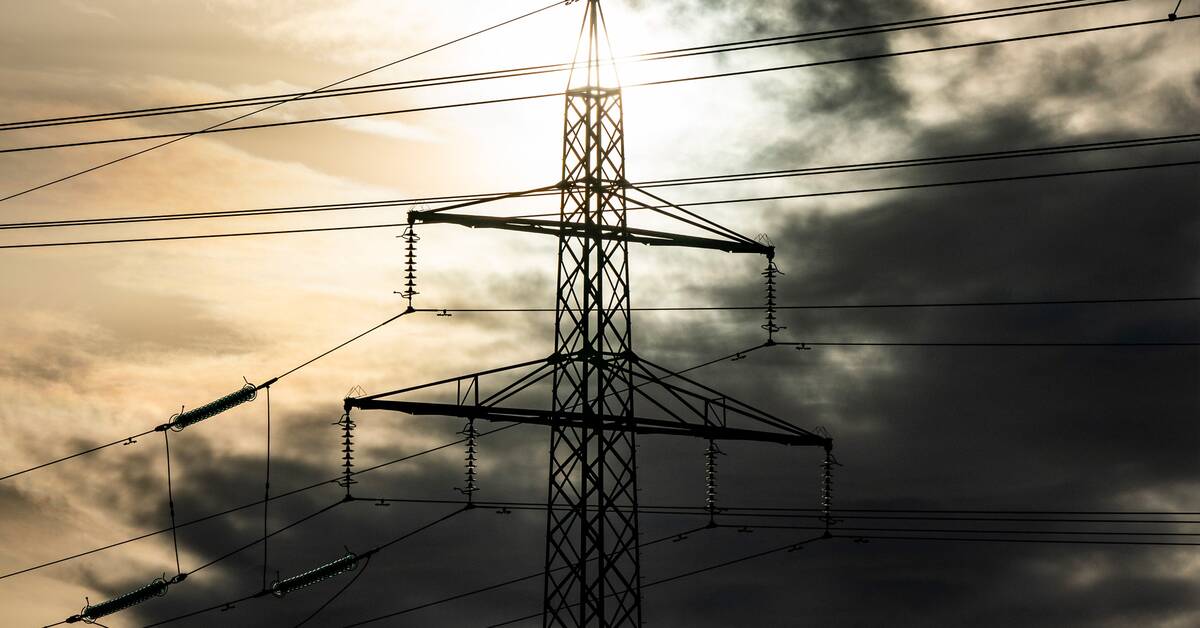According to electricity market analyst Christian Holtz, Monday's price level in the north is a record high.
- I spontaneously think that tomorrow's price will be the highest ever in SE1 and SE2, and by that I mean since we divided Sweden into four electricity areas, he says.
The daily price on the futures market ends up at exactly the same level in all four price areas on the Swedish electricity market, SEK 2:78 per kilowatt hour on average.
This can be compared with price levels of just over 20 öre per kilowatt hour just ten days ago.
Icing drives up the price
According to Christian Holtz, the main reason for Monday's - and the weekend's - high electricity prices is that hydropower producers in the Luleälven river have begun their icing - which temporarily reduces the plants' production.
- They started with the icing last Thursday and will continue until Monday or Tuesday.
It's something you do every year before winter, because you want to have an even nice ice cover on the river that the water can flow under, he says.
According to Vattenregleringsföretagen, which manages ice deposition in a number of large rivers between Dalarna and Västerbotten, the process there has not yet started.
TT: Is it normal for the freezing of the Luleälven river to affect the price in this way?
- No, it probably doesn't.
But the Luleälven is the largest and most important river, and in terms of power production, it is the one you usually keep an eye on every year, says Christian Holtz.
Low wind power production
Another partial explanation for the high price level is, according to Christian Holtz, currently low wind power production in the Nordics and in northern Germany.
Falling temperatures are also considered to play a role and increase the demand for energy.
Both the daily and hourly prices are exactly the same in the country's four electricity price areas during Monday - according to the pricing on Nord Pool's website - with a peak of SEK 3.68 per kilowatt hour during the afternoon.
- Until two years ago, it was very common to have the same price throughout Sweden.
But in recent years, a lot of wind power production has been expanded in the north and shut down in the south.
In addition, we have had major problems with transmission capacity, which has meant that we may have gotten used to large price range differences, says Holtz.

